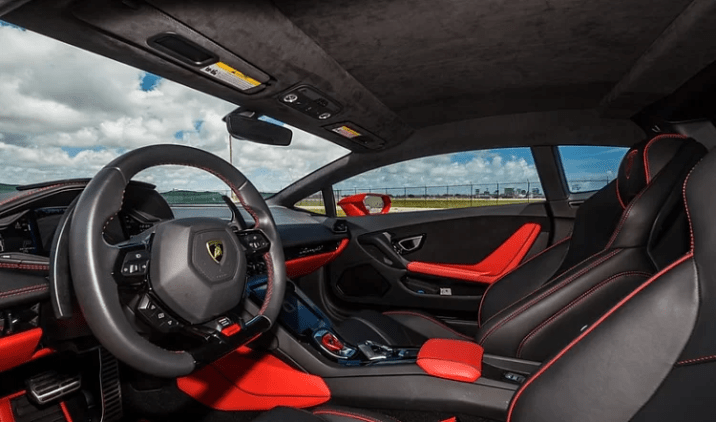Motorsports have had a profound influence on the design of exotic cars, serving as a testing ground for new technologies and pushing the boundaries of what is possible in automotive design. From the earliest days of motorsports, car manufacturers have used racing as a way to showcase their latest and greatest technologies and to demonstrate the capabilities of their vehicles. In this blog post, we will take a closer look at the influence of motorsports on exotic car design and how this relationship has evolved over the years.
One of the earliest and most important forms of motorsports was Grand Prix racing. This style of racing, which began in the early 1900s, was designed to showcase the latest and greatest automotive technologies, and it served as an early proving ground for many of the advancements that would eventually find their way into production vehicles. Over the years, Grand Prix racing has continued to play a critical role in shaping the direction of exotic car design, with many of the most innovative and cutting-edge technologies being tested on the race track before making their way into production vehicles.
Another important form of motorsports that has had a significant impact on exotic car design is endurance racing. Endurance races, such as the 24 Hours of Le Mans, test the limits of both the cars and their drivers, pushing them to the brink of their capabilities. Over the years, endurance racing has been a critical testing ground for new technologies, and many of the advances in automotive design that have been developed through this type of racing have found their way into exotic cars.
In addition to Grand Prix and endurance racing, many other forms of motorsports have also had a significant impact on exotic car design. For example, rally racing has been instrumental in the development of advanced suspension and all-wheel drive technologies, while drag racing has played a critical role in the development of high-performance engines and aerodynamics.
As technology has continued to advance, the influence of motorsports on exotic car design has only grown. Today, many of the most advanced technologies in automotive design are first tested and developed on the race track, including advanced aerodynamics, lightweight materials, and hybrid and electric powertrain systems. This close relationship between motorsports and exotic car design has not only helped to push the boundaries of what is possible in automotive design, but it has also helped to bring new technologies to market more quickly.
Despite the close relationship between motorsports and exotic car design, there are some challenges associated with using the race track as a testing ground for new technologies. One of the main challenges is the cost. Motorsports are an incredibly expensive form of testing, and the high cost of competing in these races can make it difficult for smaller companies and manufacturers to participate. Additionally, the strict regulations and requirements associated with motorsports can also be challenging, making it difficult for manufacturers to test and develop new technologies in this environment.
In conclusion, motorsports have had a profound influence on exotic car design, serving as a testing ground for new technologies and pushing the boundaries of what is possible in automotive design. From Grand Prix racing to endurance racing and beyond, motorsports have helped to shape the direction of exotic car design and bring new technologies to market more quickly. Despite the challenges associated with using the race track as a testing ground, this close relationship between motorsports and exotic car design is likely to continue for many years to come.
